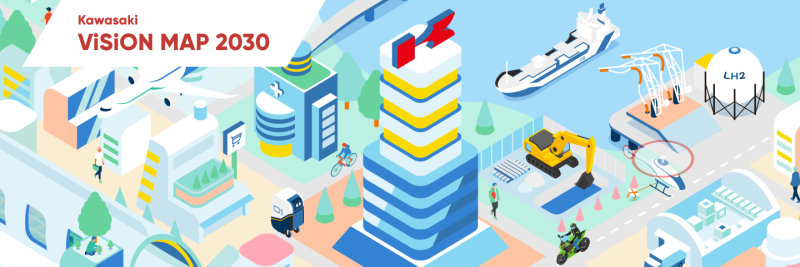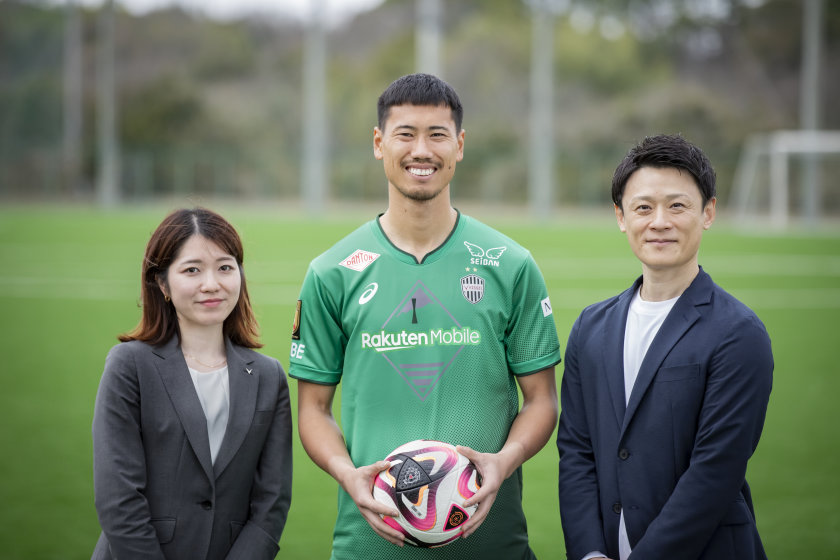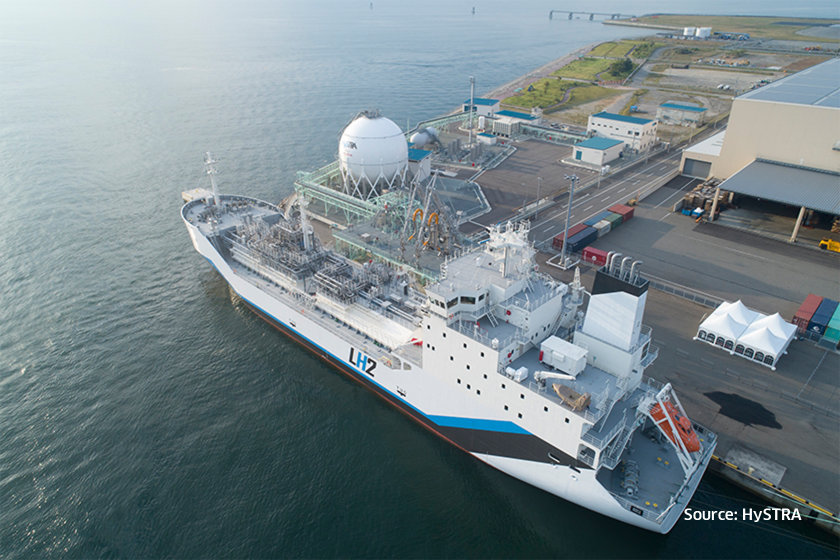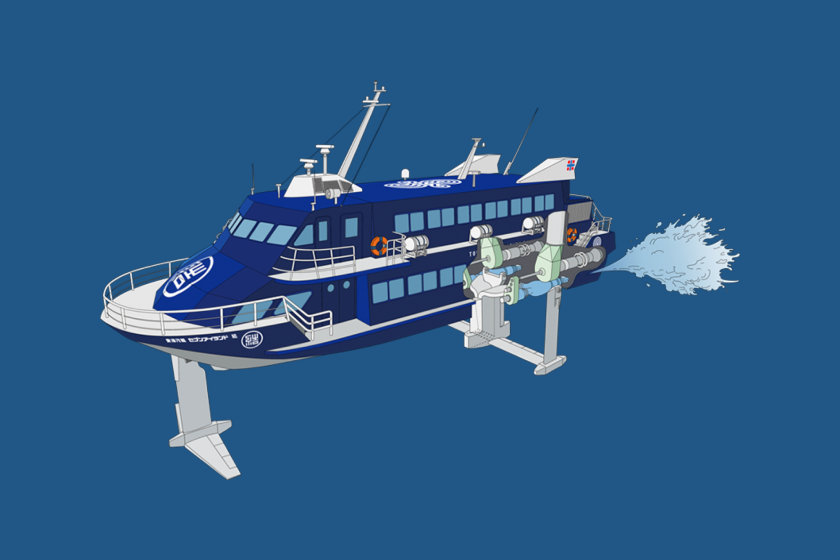Progress in the hydrogen aircraft is a breath of fresh air in global development

Carbon neutrality is a focal point within the aviation industry. To contribute to this development, Kawasaki is currently developing core technology for aircraft fueled by liquefied hydrogen. The development of a novel plane does not always result in success. Here is the voice of an employee who is dedicated to research and development by learning from failure. (This article is a part of Kawasaki ViSiON MAP 2030, which imagines the future of the Kawasaki Group.)
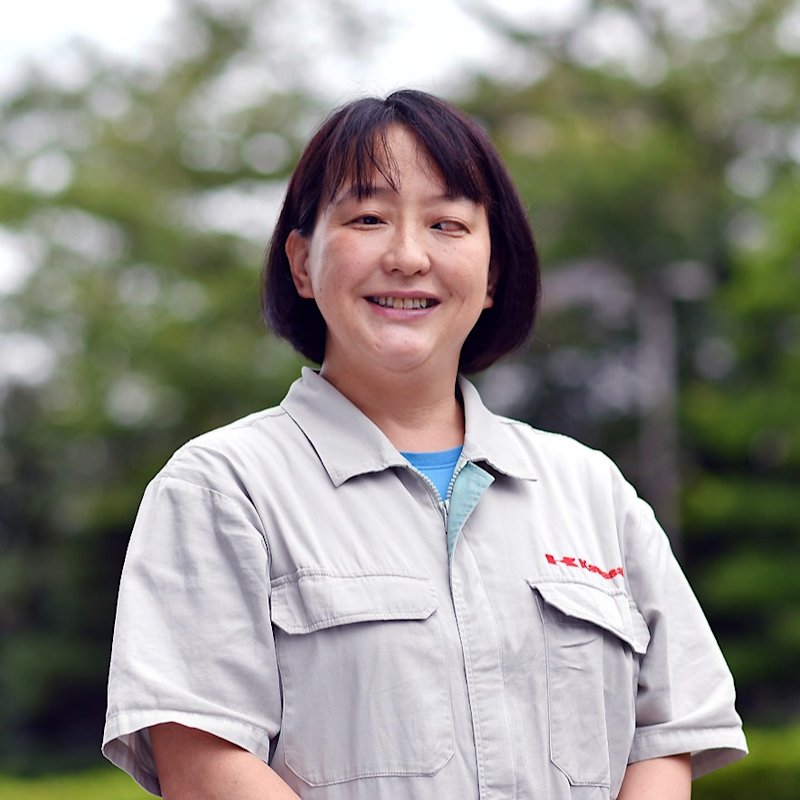
Engineering Group, Aerospace Business Division,
Aerospace Systems Company
Shimizu joined Kawasaki in 1998. A lover of aircraft, she designed small helicopters and defense aircraft at Kawasaki and is now involved in the research and development of fuel systems for hydrogen aircraft. Her favorite moment is seeing customers onboard after handing the aircraft over.
Our challenges where existing technologies don’t work
I have been interested in planes ever since I was a child, and once dreamed of becoming a pilot or air traffic controller. This fondness has never wavered, even now that I am an engineer. A hydrogen aircraft is a novel plane. How do you ensure safe use of combustible hydrogen when the altitude changes considerably from ground level to approximately 10,000 meters, and the air pressure and temperature also varies? How do you reduce the size and weight of each piece of equipment? In the case of valves for example, ones for a hydrogen plant on the ground weighs about 80 kilograms while those for planes must be about 3 kilograms. Because hydrogen aircrafts are unprecedented, it is often the case that existing solutions do not work. Therefore, we often have to gather the wisdom and experiences of internal and external experts and overcome repeated trial and error.

In R&D, even failure is one form of success
I still remember the words of my supervisor when I joined this project, He did not say, “You have to be successful” but rather that “We cannot always achieve good results, but we are always expected to try.” Looking back, these words have consistently encouraged me. The development of the hydrogen aircraft is a project that will take decades, and we have just started the research and development process. If I thought it was an obligation to succeed at any cost, I would feel unnecessary pressure. Research and development does not always lead to success – even failure or the discovery of another problem is an achievement in and of itself.

Creating a future filled with hope and possibility
I feel that it will take a little longer than 2030 to see hydrogen aircrafts fly everywhere in the sky. A Japanese proverb says, “A journey of a thousand miles begins with a single step,” and I think this is true. Although this project is challenging, I hope feasibility of the hydrogen aircraft will increase and there will be a clear path to make our plans into reality by 2030. In addition, as we make progress in hydrogen aircraft development, I suppose we will deepen our understanding of hydrogen and find clues on how to use the substance in a productive way. We want hydrogen to trigger connections between different business fields and technologies, and help create a society in which the younger generation can imagine a future that is carbon neutral. I will continue on with our research and development, imagining the future will be filled with bright hope and possibility.
The information contained in the article is current as of December 2022.
"Kawasaki ViSiON MAP 2030" presents the future we want to realize by the year 2030, presented through the voices of Kawasaki staff working towards our vision. We hope you join us to learn about their efforts in social change, and to imagine the future we can achieve together.
![]() Energy and Environment
Energy and Environment![]() Energy and Environment
Energy and Environment
